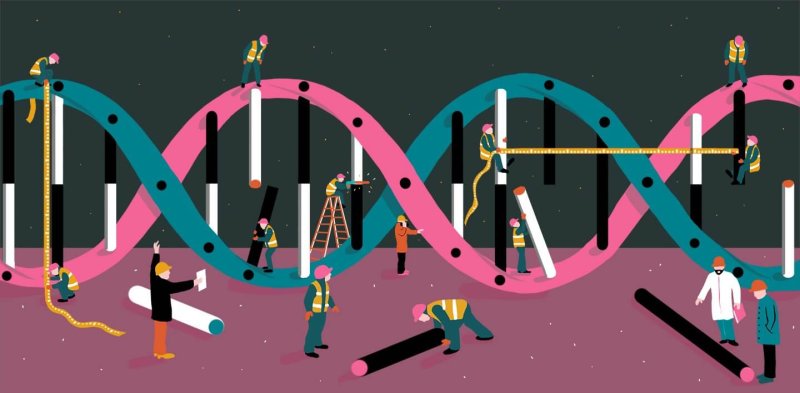1. CRISPR Could Correct The Genetic Errors That Cause Disease. […] In summer 2017, scientists at the Oregon Health and Science University used CRISPR to delete [a defective gene causing hypertrophic caridiomyopathy] in a number of viable human embryos.
…
2. CRISPR Can Eliminate the Microbes That Cause Disease. […] In 2017, a team of Chinese researchers successfully increased resistance to HIV in mice by replicating a mutation of a gene that effectively prevents the virus from entering cells.
…
3. CRISPR Could Resurrect Species. In February 2017, Harvard geneticist George Church […] claimed his team was just two years away from developing an embryo for an elephant-mammoth hybrid.
…
4. CRISPR Could Create New, Healthier Foods. CRISPR gene editing has proven to be promising in the field of agricultural research. Scientists from Cold Spring Harbor Laboratory in New York used the tool to increase the yield of tomato plants.
…
5. CRISPR Could Eradicate The Planet’s Most Dangerous Pest. Gene-editing techniques like CRISPR could directly combat infectious diseases, but some researchers have decided to slow the spread of disease by eliminating its means of transmission.
…
Technological and ethical hurdles still stand between us and a future in which we feed the planet with engineered food, eliminate genetic disorders, or bring extinct animal species back to life. But we are well on our way.
Read full, original post: A CRISPR Future: Five Ways Gene Editing Will Transform Our World































